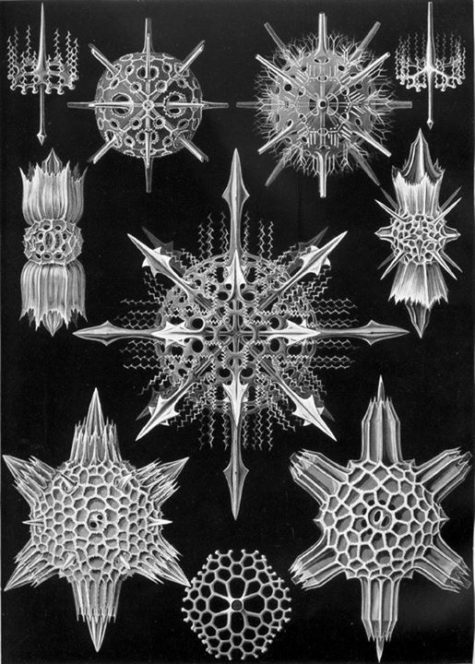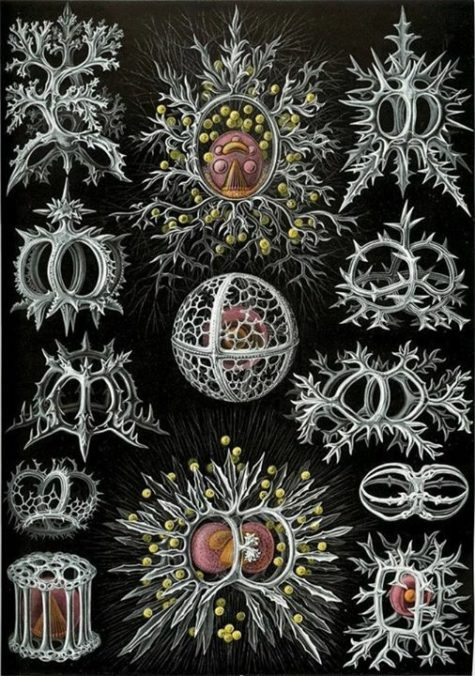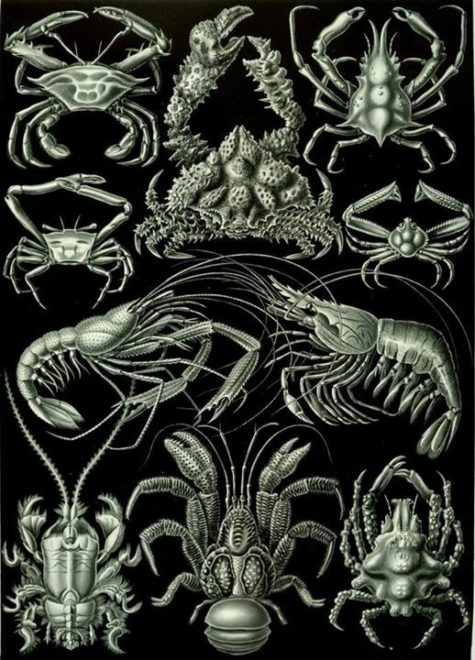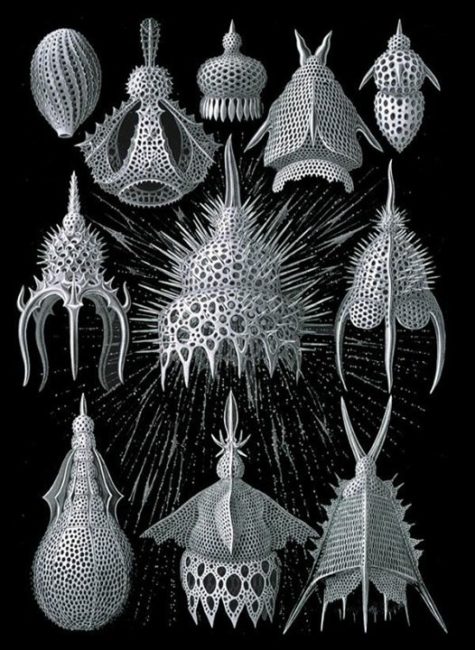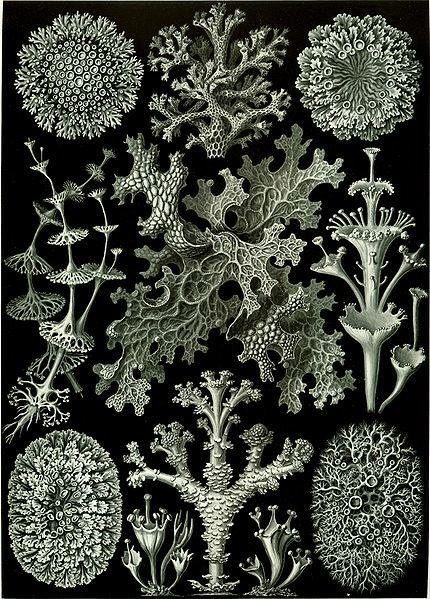Monthly Archives: June 2020

If any of you have ever been to a military funeral in which taps was played; this brings out a new meaning of it.
Here is something Every American should know. Until I read this, I didn’t know, but I checked it out and it’s true:
We in the United States have all heard the haunting song, ‘Taps…’ It’s the song that gives us the lump in our throats and usually tears in our eyes.
But, do you know the story behind the song? If not, I think you will be interested to find out about its humble beginnings.
Reportedly, it all began in 1862 during the Civil War, when Union Army Captain Robert Elli was with his men near Harrison’s Landing in Virginia. The Confederate Army was on the other side of the narrow strip of land.
During the night, Captain Elli heard the moans of a soldier who lay severely wounded on the field. Not knowing if it was a Union or Confederate soldier, the Captain decided to risk his life and bring the stricken man back for medical attention. Crawling on his stomach through the gunfire, the Captain reached the stricken soldier and began pulling him toward his encampment..
When the Captain finally reached his own lines, he discovered it was actually a Confederate soldier, but the soldier was dead.
The Captain lit a lantern and suddenly caught his breath and went numb with shock. In the dim light, he saw the face of the soldier. It was his own son. The boy had been studying music in the South when the war broke out.. Without telling his father, the boy enlisted in the Confederate Army.
The following morning, heartbroken, the father asked permission of his superiors to give his son a full military burial, despite his enemy status. His request was only partially granted.
The Captain had asked if he could have a group of Army band members play a funeral dirge for his son at the funeral. The request was turned down since the soldier was a Confederate. But, out of respect for the father, they did say they could give him only one musician.
The Captain chose a bugler. He asked the bugler to play a series of musical notes he had found on a piece of paper in the pocket of the dead youth’s uniform.
This wish was granted. The haunting melody, we now know as ‘Taps’ used at military funerals was born.
The words are:
Day is done.
Gone the sun.
From the lakes
From the hills.
From the sky.
All is well.
Safely rest.
God is nigh.
Fading light.
Dims the sight.
And a star.
Gems the sky.
Gleaming bright.
From afar.
Drawing nigh.
Falls the night.
Thanks and praise.
For our days.
Neath the sun
Neath the stars.
Neath the sky
As we go.
This we know.
God is nigh
I too have felt the chills while listening to ‘Taps’ but I have never seen all the words to the song until now. I didn’t even know there was more than one verse . I also never knew the story behind the song and I didn’t know if you had either so I thought I’d pass it along.
- Bears, cougars, wolves, and humans are the main predators of coyotes.
- A group of coyotes is called a pack.
- Coyotes are digitigrades, which means they walk on their toes.
- Coyotes are omnivores that eat rabbits, rodents, frogs, deer, antelopes, lizards, birds, plants, and carcasses.
- They hunt at night.
- Coyotes have 42 teeth.
- They can run up to 40 MPH when chasing prey.
- Coyotes are frequent communicators that growl, bark, wail, huff, yelp, squeal, and howl.
- Coyotes are territorial and mark their area with urine.
- Coyotes are monogamous animals – meaning they mate for life.
- They mate in February and gestation takes about 2 months.
- Coyotes have 5 to 7 pups. Both male and female coyotes care for the pups in their den.
- Pups don’t open their eyes until 11 or 12 days after birth.
- Pups will hunt alone by six months.
- Coyotes are excellent swimmers.
- Coyotes know to reproduce more when their pack is SMALL.
In Boston, during a verbal dispute, an unarmed teenage boy was forcefully hit in the head with the butt of a weapon by local law enforcement.
Word of the incident spread quickly, and a large number of locals gathered in the street where the incident had happened to protest almost immediately.
As the crowd grew, angry protesters shouted slogans; some business owners, fearing property damage, shut their doors.
The local authorities called for uniformed backup; backup came, well-armed.
The assembly was deemed “unlawful,” and the crowd was ordered to disperse. The protesters began to throw dirt clods in response.
In response, multiple uniformed law enforcers fired on the crowd. The 1st protester to die was a black man and the authorities justified the shooting by claiming that they “feared for their lives”.
If, while reading this story, you found yourself siding with the authorities and thinking that the protesters should’ve dispersed when ordered, or that the protesters armed with dirt & sticks deserved to be met with deadly force by armed law enforcement, I have bad news for you.
You chose the side of the tyrant King George III, not the American patriots.
The year was 1770, the authorities were British soldiers, the protest would later be called the Boston Massacre.
The 1st protester killed in that conflict was Crispus Attucks, a black man considered by many to be a heroic American patriot and the 1st casualty of the American Revolution.
Marinate on that for a minute.
The Irish slave trade began when 30,000 Irish prisoners were sold as slaves to the New World. The King James I Proclamation of 1625 required Irish political prisoners be sent overseas and sold to English settlers in the West Indies. By the mid 1600’s, the Irish were the main slaves sold to Antigua and Montserrat. At that time, 70% of the total population of Montserrat were Irish slaves.
Ireland quickly became the biggest source of human livestock for English merchants. The majority of the early slaves to the New World were actually white.
From 1641 to 1652, over 500,000 Irish were killed by the English and another 300,000 were sold as slaves. Ireland’s population fell from about 1,500,000 to 600,000 in one single decade. Families were ripped apart as the British did not allow Irish dads to take their wives and children with them across the Atlantic. This led to a helpless population of homeless women and children. Britain’s solution was to auction them off as well.
During the 1650’s, over 100,000 Irish children between the ages of 10 and 14 were taken from their parents and sold as slaves in the West Indies, Virginia and New England. In this decade, 52,000 Irish (mostly women and children) were sold to Barbados and Virginia. Another 30,000 Irish men and women were also transported and sold to the highest bidder. In 1656, Cromwell ordered that 2000 Irish children be taken to Jamaica and sold as slaves to English settlers.
Many people today will avoid calling the Irish slaves what they truly were: Slaves. They’ll come up with terms like “Indentured Servants” to describe what occurred to the Irish. However, in most cases from the 17th and 18th centuries, Irish slaves were nothing more than human cattle.
As an example, the African slave trade was just beginning during this same period. It is well recorded that African slaves, not tainted with the stain of the hated Catholic theology and more expensive to purchase, were often treated far better than their Irish counterparts.
African slaves were very expensive during the late 1600’s (50 Sterling). Irish slaves came cheap (no more than 5 Sterling). If a planter whipped or branded or beat an Irish slave to death, it was never a crime. A death was a monetary setback, but far cheaper than killing a more expensive African. The English masters quickly began breeding the Irish women for both their own personal pleasure and for greater profit.
Children of slaves were themselves slaves, which increased the size of the master’s free workforce. Even if an Irish woman somehow obtained her freedom, her kids would remain slaves of her master. Thus, Irish moms, even with this new found emancipation, would seldom abandon their kids and would remain in servitude.
In time, the English thought of a better way to use these women (in many cases, girls as young as 12) to increase their market share: The settlers began to breed Irish women and girls with African men to produce slaves with a distinct complexion. These new “mulatto” slaves brought a higher price than Irish livestock and, likewise, enabled the settlers to save money rather than purchase new African slaves.
This practice of interbreeding Irish females with African men went on for several decades and was so widespread that, in 1681, legislation was passed “forbidding the practice of mating Irish slave women to African slave men for the purpose of producing slaves for sale.” In short, it was stopped only because it interfered with the profits of a large slave transport company.
England continued to ship tens of thousands of Irish slaves for more than a century. Records state that, after the 1798 Irish Rebellion, thousands of Irish slaves were sold to both America and Australia. There were horrible abuses of both African and Irish captives. One British ship even dumped 1,302 slaves into the Atlantic Ocean so that the crew would have plenty of food to eat.
There is little question that the Irish experienced the horrors of slavery as much (if not more in the 17th Century) as the Africans did. There is, also, very little question that those brown, tanned faces you witness in your travels to the West Indies are very likely a combination of African and Irish ancestry.
In 1839, Britain finally decided on its own to end its participation in Satan’s highway to hell and stopped transporting slaves. While their decision did not stop pirates from doing what they desired, the new law slowly concluded THIS chapter of nightmarish Irish misery.
But, if anyone, black or white, believes that slavery was only an African experience, then they’ve got it completely wrong. Irish slavery is a subject worth remembering, not erasing from our memories.”
~Tony Arroyo
Believe it or not, there was a time when, instead of photographs, scientists made detailed drawings documenting the natural world. Ernst Haeckel was one such scientist/artist. Here is a collection of some of his drawings. I think they are pretty amazing!
Not all of the illustrations are in black and white or monochrome. Some are in color and very beautiful. You can find a large collection over on More Cool Pictures, and also over at Mandala Madness.
I believe they were originally published in this book:
The Singing Tree is a musical sculpture standing on a hill (Crown Point) overlooking Burnley, UK. From far away, the tree’s profile is visible on the horizon. The tree is constructed of stacked pipes that are different lengths and are oriented to lean into the wind. As the wind passes through the pipes, it plays different chords. Each time you sit under the tree, you will hear a different song.













